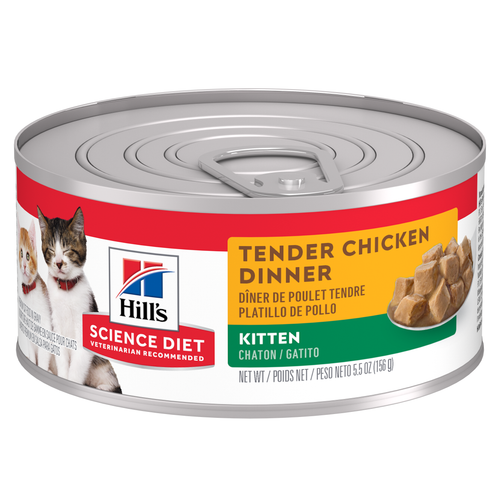

You love your cat, there's no doubt about that. But hairballs? Gross. Take some comfort in the fact that you're not alone in your fight against dreaded cat hairballs. They are a common irritation shared by cat lovers everywhere.
Most cats will get a hairball occasionally, but some cats struggle with them more than others. Fortunately, there are several things you can do to help your cat. Knowing what hairballs are, what causes them, and how to help a cat with hairballs is a proactive step toward caring for your kitty.
Cats use their tongues to groom themselves. During grooming, if they have excessive loose hair, then the cat will swallow it. Swallowed fur travels down the cat's esophagus to the stomach where it combines with food and digestive liquids. Typically, fur will travel uneventfully through a cat's digestive tract and be deposited into the litter box. But sometimes, if there is too much hair or a blockage, some hair can remain in the stomach and form a hairball.
Hairballs collect hair and grow over time. If one becomes too large to pass through the digestive tract, the cat will expel it by vomiting. In some cases, if the hairball remains in the stomach too long, it can solidify and become stuck. This can cause constipation or a life-threatening intestinal blockage that may require surgery.
All cats are susceptible to hairballs, but long-haired cats, such as Maine coon cats or Norwegian forest cats, have an increased risk. The risk for hairballs goes up in all cats when they are shedding in spring or fall, and cats that are excessive groomers have a higher risk, as well.

You can expect that most cats may throw up a hairball once or twice a month. If they are heavily shedding, you may see a slight, temporary uptick in hairball frequency that decreases once they stop shedding. If, however, your cat is regularly throwing up hairballs more frequently, they may have a hairball problem that needs attention.
While usually harmless, hairballs that become too large can sometimes cause a life-threatening blockage in the stomach or intestine. If this happens, it will be accompanied by any or all of the following symptoms:
Vomiting food
Decreased to absent appetite
Hiding
Low energy
Chronic weight loss
Swollen or painful abdomen
Excessive drinking or consumption of grass
Constipation or diarrhea
If you notice these signs, call your veterinarian and have your cat examined and treated as soon as possible.
Cat Asthma vs. Hairball
In some cases, it can be hard to tell whether your cat is trying to get out a hairball or if they're dealing with cat asthma. While they can look similar, they're very different conditions. Hairballs cause cats to gag and eventually vomit up a hairball. Asthma, on the other hand, is a respiratory condition. Cats with asthma might cough and wheeze but without producing anything.
You can also pay attention to body posture. Cats throwing up a hairball often arch their back and move while vomiting. Those with asthma tend to stay still and extend their neck while they cough. If you can't tell whether your cat is dealing with hairballs or something bigger is going on, it's best to contact your vet for an accurate diagnosis.
The good news is that even though they are gross, it's typically pretty simple once you know how to help a cat with hairballs. There are a few main strategies to consider:
Brush Your Cat Regularly
Brushing regularly (three to four times a week) will remove loose hair and lower the likelihood of your cat ingesting it. If your cat is heavily shedding, brush them daily and utilize a deshedding tool if necessary.
Choose Your Cat's Food Carefully
Feed your cat a high-quality, complete and balanced food to ensure they're getting all the nutrients they need. Your vet may also be able to recommend a food for hairball reduction.
Increase Your Cat's Water Intake
Encourage your cat to drink more by feeding some canned food daily. You can also provide clean and fresh water in multiple locations throughout the home.
Go to the Vet Yearly
For a healthy cat, you should schedule a veterinary appointment at least once a year. But if your cat struggles with hairballs, it's a good idea to get them in sooner so you can ask about potential treatments for excessive or persistent problems.
Offer Engaging Toys
Provide your cat adequate indoor enrichment to reduce boredom and stress-related over-grooming.
While some hairballs are normal for cats, it's never fun to see your cat uncomfortable (and it wouldn't hurt to minimize hairball cleanup, either). There are steps you can take to reduce hairballs, but vomiting hairballs more often than normal or showing other signs of discomfort can be a sign of a health issue, so it's best to see a vet. In the end, it never hurts to get confirmation that your cat is healthy and thriving.





















